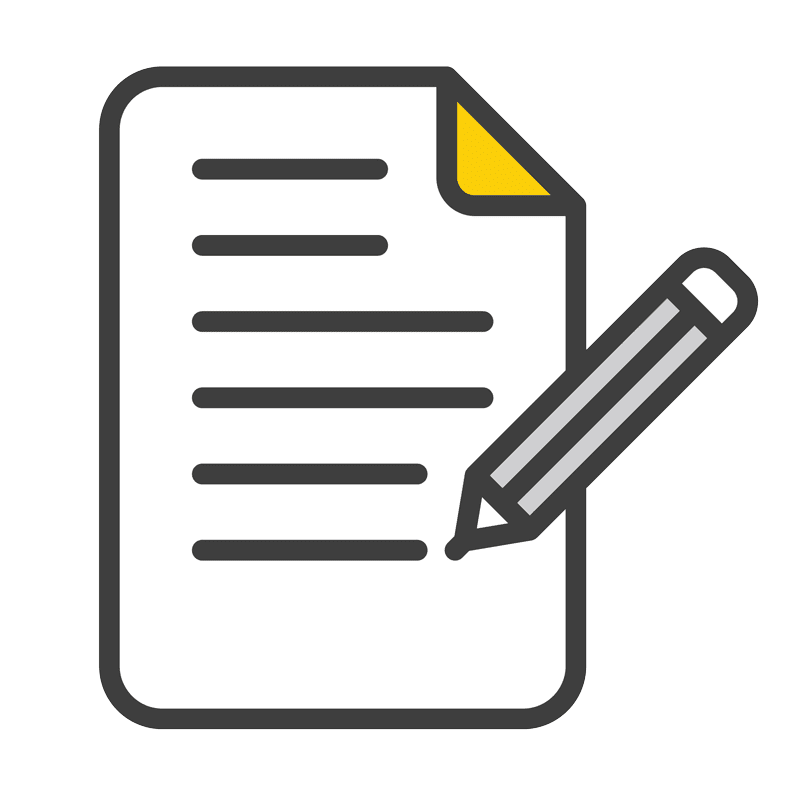How to Write RFP Responses
Mastering the RFP Response: A Comprehensive Guide for Businesses
Responding to a Request for Proposal (RFP) can be a crucial opportunity for businesses to secure new contracts and expand their client base. Crafting a compelling and thorough RFP response requires a strategic approach to stand out from the competition. This guide will help you understand how to effectively respond to an RFP, enhancing your chances of winning the bid.
Understanding the RFP
A Request for Proposal (RFP) is a document issued by organizations seeking proposals from potential vendors for a specific project or service. The RFP outlines the project requirements, goals, and evaluation criteria. Responding to an RFP involves providing a detailed proposal that demonstrates your ability to meet the client’s needs.
Key Components of an Effective RFP Response
Executive Summary: Provide a concise overview of your proposal, highlighting the key points and value you offer. This section should capture the client’s attention and summarize why your company is the best fit for the project.
Understanding of the Project: Demonstrate your comprehension of the client’s needs and project goals. Show that you have thoroughly reviewed the RFP and understand the requirements.
Detailed Proposal: Outline your proposed solution, including methodologies, processes, and technologies you will use to meet the project requirements. Be specific and detailed to show your expertise and capability.
Project Plan and Timeline: Provide a clear and realistic project plan, including milestones and deadlines. This helps the client understand how you will manage the project and ensure timely delivery.
Team Expertise: Highlight the qualifications and experience of your team members who will be involved in the project. Include relevant certifications, previous projects, and specific expertise that align with the client’s needs.
Budget and Pricing: Present a detailed and transparent budget, breaking down costs associated with the project. Ensure your pricing is competitive and justifiable based on the value you provide.
Differentiators: Emphasize what sets your company apart from competitors. Highlight unique strengths, innovative approaches, and any added value you bring to the project.
References and Case Studies: Provide examples of past projects similar to the one outlined in the RFP. Include client testimonials and case studies that demonstrate your success and reliability.
Compliance and Certifications: Ensure that your response addresses all compliance requirements and includes any necessary certifications. This reassures the client of your ability to meet regulatory standards.
Steps to Crafting a Winning RFP Response
Thoroughly Review the RFP: Before starting your response, read the RFP document multiple times to fully understand the client’s requirements, goals, and evaluation criteria. Take note of any questions or clarifications needed.
Create a Response Outline: Develop a structured outline based on the key components mentioned above. This will help organize your thoughts and ensure all critical areas are covered.
Assign Responsibilities: Delegate sections of the response to team members with relevant expertise. Collaborating ensures that each part of the proposal is crafted by someone knowledgeable in that area.
Draft the Response: Write each section of the response, focusing on clarity and precision. Tailor your language to the client’s industry and use persuasive language to highlight your strengths.
Review and Edit: Conduct multiple reviews of the draft response. Check for accuracy, consistency, and alignment with the RFP requirements. Editing is crucial to eliminate any errors and improve the overall quality.
Seek Feedback: Share the draft response with stakeholders or external reviewers for feedback. An outside perspective can help identify areas for improvement and ensure the proposal is compelling.
Finalize and Submit: After incorporating feedback and making final revisions, ensure the response is formatted correctly and all required documents are included. Submit the response by the specified deadline.
Don’t Forget!
Responding to an RFP is a critical process that requires careful planning, clear communication, and a thorough understanding of the client’s needs. By following these steps, businesses can win contracts and build client relationships. Mastering the RFP response process is an essential skill for any business looking to grow and succeed in a competitive market.
When you need help with reviewing the RFP response (stages 4, 5, 6, and 7), we are here for you. Our experts have edited RFP responses for the top-revenue media company in the United States, and we can help you also.



